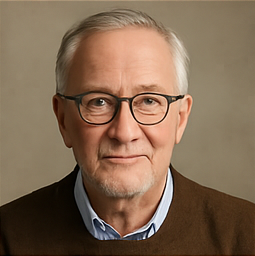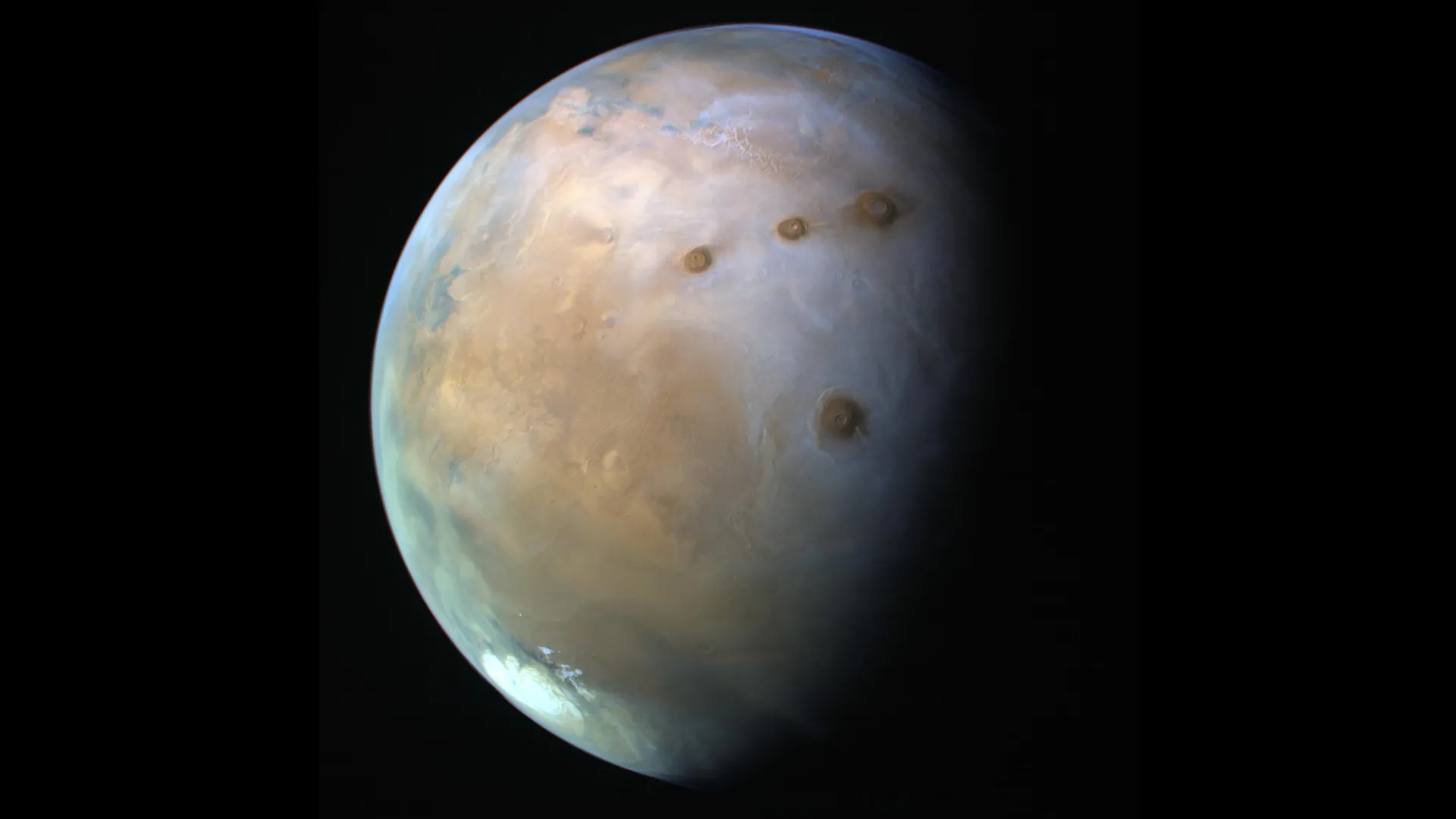Einstein vs. Quantum Physics: The Shocking Truth Revealed!

What if I told you that one of the greatest minds in history was flat-out wrong about a fundamental concept of the universe? That’s right! For over a century, the debate raged on about whether two particles could 'talk' to each other instantly, with none other than Albert Einstein famously dismissing the notion as 'spooky action at a distance.' But recent groundbreaking experiments from MIT have turned Einstein’s skepticism on its head, revealing the astonishing reality of quantum entanglement.
For more than 100 years, scientists have wrestled with this mind-bending mystery: Can two separate particles, no matter the distance, influence each other instantaneously? Einstein, who believed the universe operated on logical principles, never bought into it. He argued that something vital was missing from quantum mechanics, which he thought failed to explain these bizarre interactions.
In 1935, Einstein collaborated with Boris Podolsky and Nathan Rosen and published a paper that questioned the completeness of quantum theory. They suggested that because quantum mechanics allowed for 'spooky' interactions without any known cause, it must be fundamentally incomplete. Einstein’s discomfort with the concept stemmed from his desire for a universe that adhered to clear, rational laws—much like gravity or the speed of light. He postulated the existence of 'hidden variables,' or undiscovered information that could clarify the mysteries of quantum interactions.
In the years following, numerous experiments attempted to confirm whether Einstein's doubts were justified or if quantum mechanics held the truth. A key player in this ongoing saga was Bell's Theorem, which provided a framework to test the existence of hidden variables. While earlier experiments often favored quantum physics, they were plagued by loopholes—tiny variables that could skew results, like timing issues or measurement inaccuracies.
Enter MIT’s latest experiment, which has brilliantly closed those loopholes. By entangling pairs of photons and meticulously measuring their behavior with ultra-precise detectors, researchers ventured into uncharted territory. This time, they incorporated random signals from distant stars—light that had traveled through the cosmos for hundreds of years—to dictate how to measure the entangled particles. This innovative method eliminated any chance of the photons 'cheating' through shared history or signals.
As a result, the findings clearly contradicted Einstein's principles: quantum entanglement is not only valid but also measurable. This discovery is monumental for physicists and marks a significant leap in our understanding of the universe. It suggests that nature operates under interconnectedness that defies traditional mechanics, ultimately reinforcing the bizarre yet fascinating predictions of quantum physics.
This revelation goes beyond theoretical debate; it pushes the boundaries of modern technology. The principles of quantum entanglement are paving the way for next-generation technologies, from quantum computers that could execute calculations millions of times faster than today's machines to unhackable quantum networks and encryption systems. The bizarre behavior of the quantum world is already shaping our future.
Moreover, this research reshapes our philosophical perspective on reality itself. Instead of a neatly ordered universe, the discovery hints at a cosmos that is more interconnected and unpredictable than we could have ever imagined. Einstein doubted quantum mechanics for its perceived incompleteness, but thanks to the groundbreaking work at MIT, we now understand that it is, in fact, more complete than we ever realized.




























